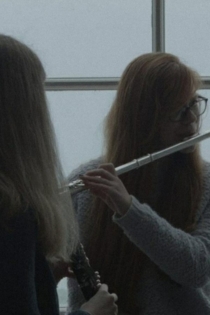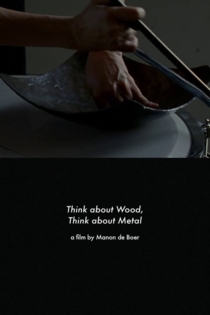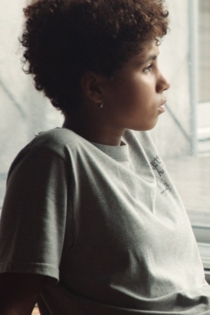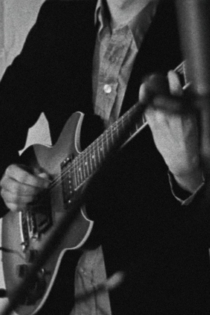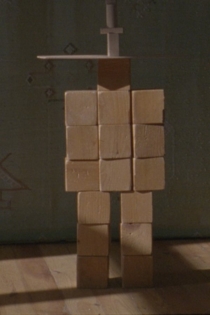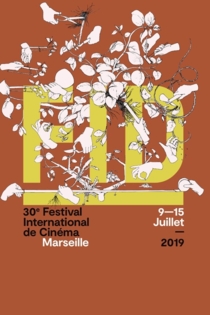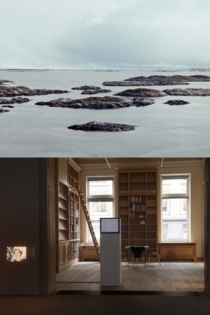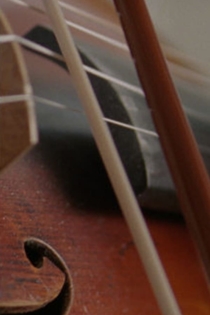
Manon de Boer
2021Sylvia Kristel – Paris
Manon de Boer
Sylvia Kristel
Sylvia Kristel – Paris is a portrait of Sylvia Kristel , best known for her role in the 1970’s erotic cult classic Emmanuelle, as well as a film about the impossibility of memory in relation to biography. Between November 2000 and June 2002 Manon de Boer recorded the stories and memories of Kristel. At each recording session she asked her to speak about a city where Kristel has lived: Paris, Los Angeles, Brussels or Amsterdam; over the two years she spoke on several occasions about the same city. At first glance the collection of stories appears to make up a sort of biography, but over time it shows the impossibility of biography: the impossibility of ‘plotting’ somebody’s life as a coherent narrative.
Sylvia Kristel – Paris

one, two, many
Manon de Boer
The film one, two, many consists of three performances: a flute piece with continuous breathing; a spoken monologue; and a song by four singers in front of an audience. Starting from different audio-visual perspectives, each section explores the existential space of the voice. Connecting the three performances are the central themes of the individual's body, listening to the other, and finding the right distance for multiple voices in a social space.
one, two, many
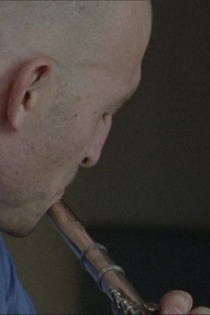
Caco, João, Mava and Rebecca. From Nothing to Something to Something Else, Part 2
Manon de Boer
In a string of recent works the artist avoids building up tension. By concentrating on speechless, plotless situations, she explores the timespan between the already and the not yet; the time of potentiality. Part of From Nothing to Something to Something Else, a tryptich that revolves around informal learning processes among teenagers.
Caco, João, Mava and Rebecca. From Nothing to Something to Something Else, Part 2

Bella, Maia and Nick. From nothing to something to something else, part 1
Manon de Boer
Bella, Maia and Nick witnesses the reunion of three teenagers surrounded by musical instruments in a room overlooking the sea. They play the instruments or rather play with them, mounting and using them in unfamiliar ways. Together, they try out and abandon ideas, switch instruments, invent others (the windowpane or the wooden cupboard). They stop, start again, get bored, distracted or excited. “We should”, “What if”, “I can’t”, “Try this”, “What else can we do?” Meanwhile, the camera records what happens, what is about to happen or, even, what fails to happen. It stays in the transition “from nothing to something” and in between one attempt and the next.
Bella, Maia and Nick. From nothing to something to something else, part 1
